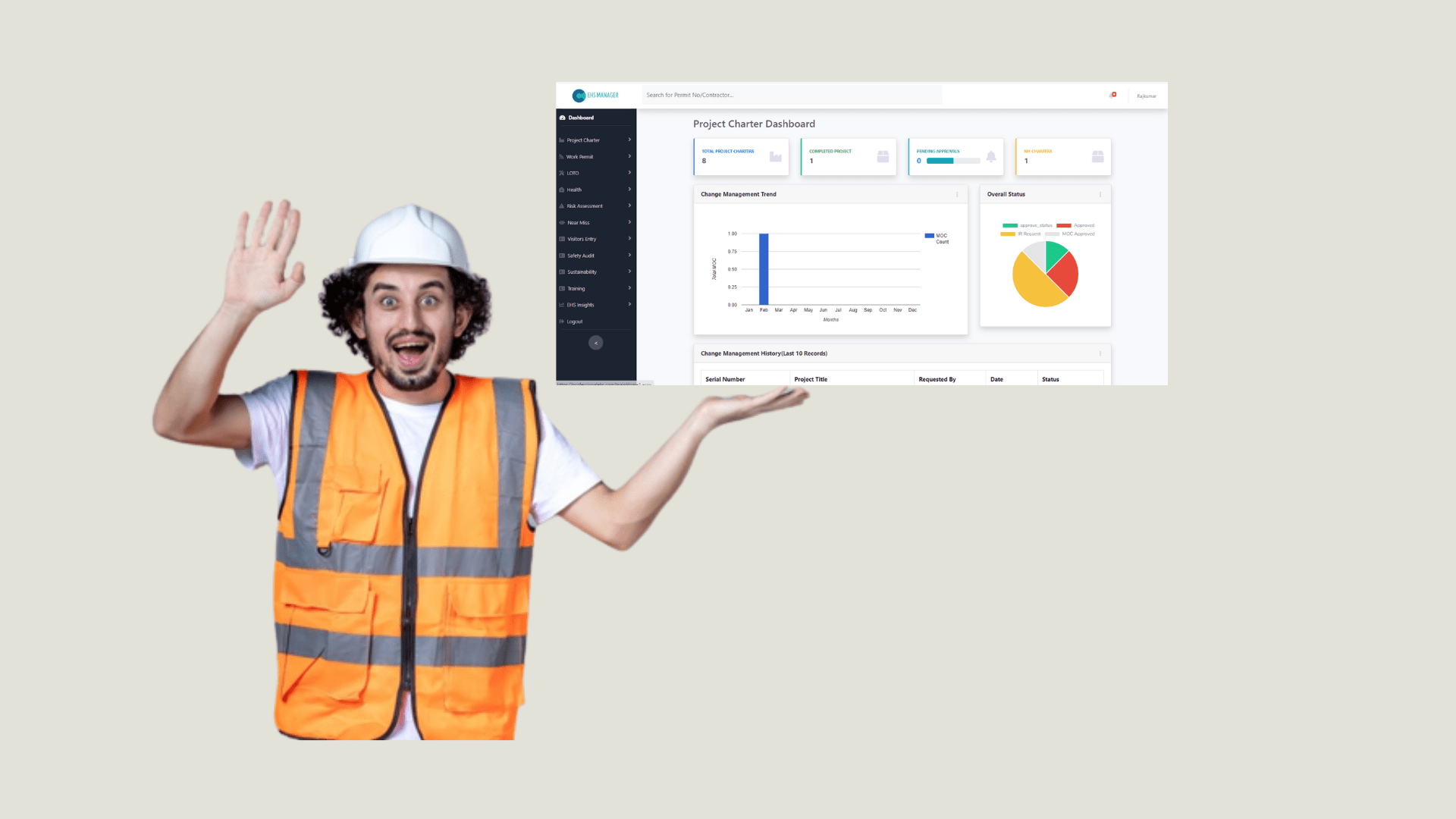How Safety Inspection Can Prevent Workplace Incidents?
Introduction of Safety Inspection:
In any workplace, prioritizing the safety of employees is not just a legal requirement but a fundamental responsibility. Safety inspections play a pivotal role in identifying and mitigating potential hazards, ultimately preventing workplace incidents. In this blog post, we’ll explore the significance of safety inspections, their impact on creating a safer work environment, and how organizations can implement effective inspection protocols.
The Importance of Safety Inspections:
- Identification of Hazards: Safety inspections involve a thorough examination of the workplace to identify potential hazards. These can range from faulty machinery and electrical issues to improperly stored materials. By systematically assessing the work environment, organizations can proactively address risks before they lead to accidents.
- Compliance with Regulations: Government regulations and industry standards mandate regular safety inspections. Ensuring compliance not only helps avoid legal repercussions but also fosters a culture of responsibility and accountability within the organization.
- Employee Well-being: A safe workplace is essential for the well-being of employees. Safety inspections demonstrate a commitment to creating a secure environment, boosting employee morale and productivity. Workers feel valued when their employers prioritize their safety.
- Prevention of Accidents: The primary goal of safety inspections is to prevent accidents. By identifying and rectifying potential hazards, organizations significantly reduce the likelihood of workplace incidents, leading to a safer and more efficient work environment.
Implementing Effective Safety Inspections:
- Regular Schedule: Conduct safety inspections on a regular basis, considering the nature of the workplace and potential risks. A consistent schedule ensures that hazards are identified and addressed promptly.
- Engage Employees: Employees are often the first to notice potential hazards. Engage them in the safety inspection process by encouraging reporting of concerns and involving them in inspections. This creates a collaborative approach to workplace safety.
- Use of Technology: Leverage technology for more efficient safety inspections. Mobile apps, wearables, and other digital tools can streamline the inspection process, allowing for real-time reporting and analysis of safety data.
- Training and Awareness: Provide comprehensive training to employees involved in safety inspections. This ensures that they are equipped with the knowledge and skills needed to identify potential hazards and follow proper protocols.
- Documentation and Follow-Up: Thoroughly document the findings of safety inspections and ensure that corrective actions are implemented promptly. Regular follow-ups and tracking progress are essential for maintaining a consistently safe work environment.
Benefits of Effective Safety Inspection:
- Reduced Incidents and Injuries: A proactive approach to safety through inspections leads to a reduction in workplace incidents and injuries, creating a safer working environment for all.
- Financial Savings: Preventing accidents not only preserves the well-being of employees but also results in financial savings for the organization by avoiding medical expenses, legal fees, and potential fines.
- Improved Reputation: Organizations that prioritize safety build a positive reputation both internally and externally. Customers, investors, and employees are more likely to trust and associate with a company that values and prioritizes safety.
Conclusion:
Safety inspections are a cornerstone of a robust environmental, health and safety program. By systematically identifying and addressing potential hazards, organizations can create a workplace that prioritizes the well-being of its employees, minimizes incidents, and fosters a culture of safety. Embracing safety inspections is not just a regulatory requirement; it’s a commitment to safeguarding every individual in the workplace.










